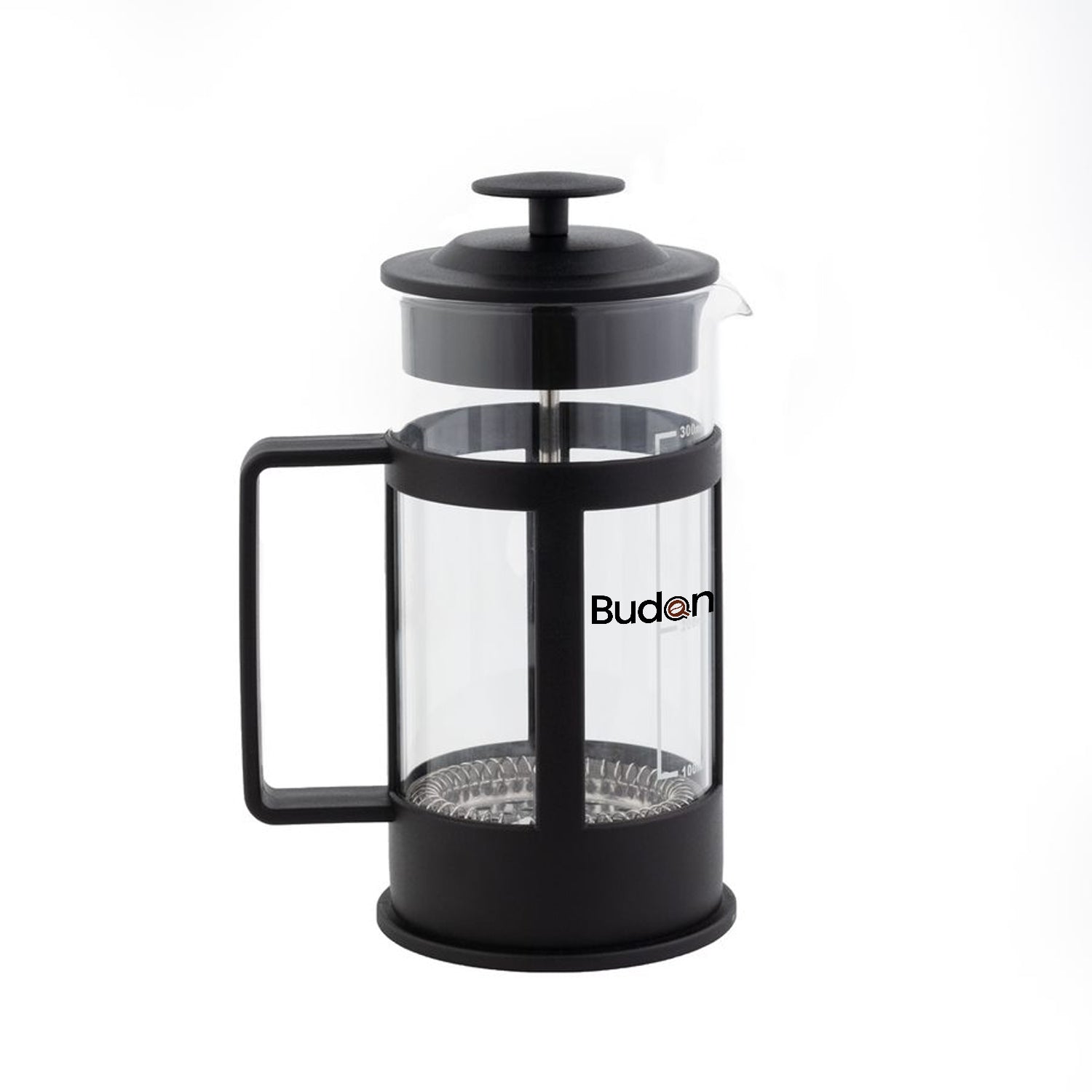Coffee cupping is more than just a tasting — it’s a sensory journey. Whether you're a coffee enthusiast looking to refine your palate, a barista seeking deeper insights into flavor profiles, or simply curious about how professionals evaluate coffee, a cupping session offers a unique window into the world of specialty brews.
But what actually happens during a coffee cupping? Do you need to slurp? Is there a spitting bowl? Are you supposed to talk or just quietly savor?
Let’s break down everything you can expect.
1. What Is Coffee Cupping?
Coffee cupping is a standardized method used by coffee professionals around the world to evaluate a coffee’s aroma, flavor, acidity, body, and aftertaste. It’s an essential part of the coffee production chain — from green bean selection to final quality control before hitting your cup.
But cupping isn’t just for Q-graders and roasters. Many cafés, roasteries, and even home brewers organize cupping sessions to explore new coffees, appreciate differences in origin, and engage the community.
2. The Purpose Behind Cupping
-
Quality Control: Roasters use cupping to ensure consistency from batch to batch.
-
Flavor Discovery: Taste the influence of origin, processing, and roast profile.
-
Education: Sharpen your sensory skills and learn to articulate coffee flavors.
-
Fun & Community: It's a social and interactive way to experience coffee together.
3. What to Expect Step-by-Step
Step 1: Welcome & Setup
You'll be greeted with a table set with multiple cups or bowls of freshly ground coffee — usually 3–5 different origins or roasts. Each coffee sample is ground and labeled.
You’ll also find:
-
Cupping spoons (special deep-bowled spoons)
-
Hot water
-
Rinse cups
-
A scoring sheet or flavor wheel (optional)
Step 2: Dry Fragrance Evaluation
Participants begin by sniffing the dry grounds. This is your first chance to experience the coffee’s aromatic notes — think nuts, chocolate, berries, florals, spices.
Tip: Take short, focused sniffs. Don’t be afraid to write down what you smell, even if it sounds unusual!
Step 3: Wet Aroma (a.k.a. The Bloom)
Hot water is poured over the grounds. A “crust” forms on top. After about 4 minutes, you’ll break the crust using a spoon — gently stirring three times while inhaling the released aroma.
This is when the coffee’s scent truly blooms, and you’ll catch deeper, more complex notes.
Step 4: Tasting (The Slurp!)
Once the coffee cools slightly (around 10 minutes after brewing), it's time to taste.
Here’s the fun part: you slurp. Loudly. The goal is to aerate the coffee and spray it across your palate so your taste buds pick up all the nuances.
You’ll taste for:
-
Acidity (bright, citrusy, or mellow?)
-
Body (light like tea, or creamy and full?)
-
Flavor (what specific notes can you detect?)
-
Finish (does the flavor linger or disappear quickly?)
Some sessions include spitting; others encourage drinking. Either is okay — just follow the host's lead.
4. How to Prepare (and Not Feel Out of Place)
-
Don’t wear strong perfume or cologne. It interferes with aroma detection.
-
Come with an open mind. Coffee descriptions can feel abstract at first — “stone fruit,” “toffee,” “wet forest floor” — but the more you taste, the more it clicks.
-
Stay curious, not intimidated. No one expects you to be a pro. Cupping is about exploration, not perfection.
5. What You'll Gain
-
A deeper appreciation for coffee’s complexity
-
The ability to identify what you like (and why)
-
A fun, sensory-rich experience that sharpens your palate
Even if you're not planning to become a coffee connoisseur, cupping helps you enjoy your daily brew with greater awareness and joy.
Final Sip
Cupping sessions aren’t just for industry insiders — they’re immersive, hands-on experiences that demystify specialty coffee and connect people through flavor. Expect to sniff, slurp, learn, and laugh your way through a session that just might change the way you think about coffee forever.
So next time you see a cupping event at your local café or roaster, jump in. You’ll come out tasting coffee — and the world — a little differently.


























